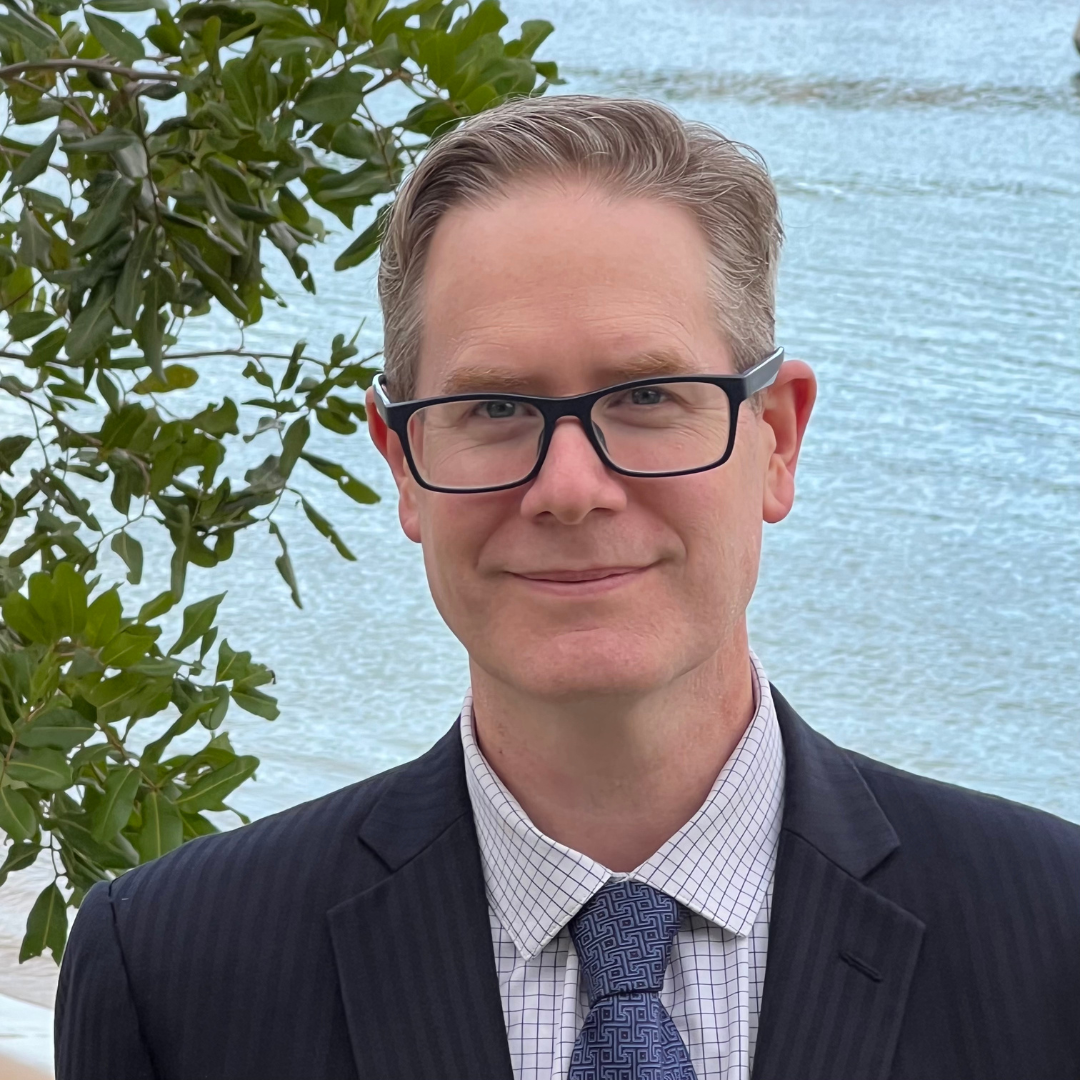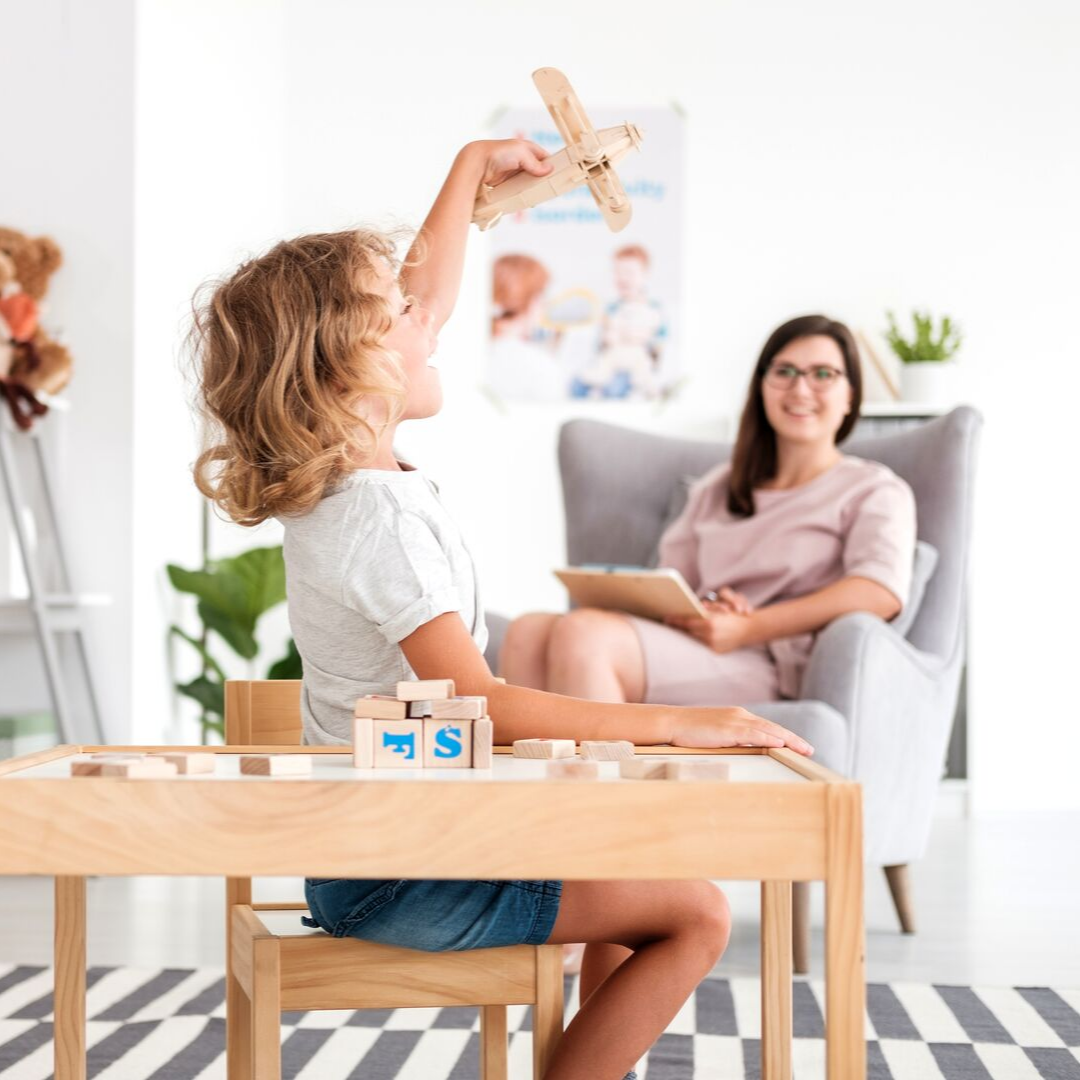Earlier this year, a family came to me for a second opinion about their child’s language development. Ahead of my first appointment with the family, the parents sent me a two-page, undated report from the child’s speech pathologist. It consisted of a computer-generated table setting out the child’s scores on the CELF-5 (a language test), a one-line “diagnosis” of a moderate developmental language disorder, and a recommendation to start weekly “language therapy” with no information about goals.
Yes, most speech pathology services are short on time and resources. Yes, detailed assessments and report writing take up time that can be used to treat clients. But, as a profession, we owe it to families to do better assessments and to provider a higher quality of care to children with communication challenges.
Some well-known limits of norm-referenced standardised tests
When assessing a child’s language skills, norm-referenced, standardised language assessments have their place. But, on their own, they are woefully inadequate to measures a child’s true language strengths and challenges. For a start, norm-referenced standardised tests like the Clinical Evaluation of Language Fundamentals Fifth Edition (CELF-5):
- provide just a snapshot of how the child performed at a single point in time;
- are often administered in the first session, when the child has just met the speech pathologist;
- are usually carried out one-to-one, in a quiet “clinical” space with few distractions;
- rely on the child’s cooperation and engagement;
- are not reliable for people learning English as an additional language;
- can be of limited use for some people with Autism Spectrum Disorder and other people with social or pragmatic language disorders (see, e.g. Speech Pathology Australia, 2009);
- focus, in the main, on language at the word and sentence levels; and
- do not take into account lots of personal and environmental factors that can affect how the child interacts with others (Australian Institute of Health and Welfare, 2003; Filipek, 1999; National Research Council, 2001).
Language assessments: some good practices
In addition to standardised testing, language assessments should also include:
- a pre-asessment case history that gathers information about known risk factors for language disorders, and important other factors like other diagnoses (e.g. hearing issues, ADHD, Autism Spectrum Disorders);
- for children who are learning more than one language, a detailed understanding of the child’s language exposures, in the context of our knowledge of bilingual language development;
- a detailed interview with the family about their concerns and input from other people that spend time with the child, e.g. grandparents and other carers, preschool/childcare educators, and teachers;
- criterion-referenced tests that probe specific areas in which the child is reported to having difficulty, e.g. in word-finding or following instructions at school;
- observations of the child in a more naturalistic setting, e.g. in play; and
- continuous observations and probes over time, so that we can monitor a child’s language development dynamically.
Good language assessments should also include language sampling at the “discourse level”. Let me explain why.
Language sampling at the “discourse level” and the importance of calculating an “MLU”
By “discourse level” assessments, we mean tasks that require the child to understand and/or say a connected series of “utterances”, e.g. in a “text” (e.g. a story, description, or a recount), or in a conversation. By “utterances” we mean more than one uninterrupted “chain” of language – preferably that the child says spontaneously.
For almost a century, we’ve known that a child’s average sentence length is a good way of assessing language development (e.g. Morse, 1925). In the 1970s, Roger Brown and colleagues established that the average number of words or morphemes in a child’s spontaneous utterances – the so-called mean length of utterance or “MLU” – as a benchmark for describing children’s language abilities (e.g. Brown, 1973).
More recent research has shown that MLU is a reliable and valid way to measure language acquisition. It’s also shown that a significantly lower than expected MLU is a marker for a language disorder (e.g. Rice et al., 2010).
MLU norms for clinical use
Here are some MLU norms we use in our clinic:

(Source: Rice et al., 2010.)
Some examples of discourse-level assessments
Ideally, speech pathologists should seek to collect 50-200 complete and understandable utterances (Rice et al., 2010). This can often take up to 30 minutes and is obviously easier to achieve with chatterboxes than children who don’t talk much!
One way to collect spontaneous language samples from children is through play-based conversations using age-appropriate toys, e.g. toy people, household objects, toy animals, or “sets” of toys or equipment associated with different scenarios, e.g. medical emergencies or camping (e.g. Rice et al., 2010). “Best practice” guidelines to get a good sample include following the child’s conversational lead, engaging in parallel talk about familiar household activities, sharing personal anecdotes and experiences, and introducing topics related to past and ongoing events during conversation. Speech pathologists are trained to minimise “yes/no” and “wh” questions, and to avoid “taking over” conversations – although some of us (me included!) struggle at times.
Westerveld & Gillon (2002) have published a great free protocol covering three discourse-level contexts: (1) a conversation, (2) personal narratives, and (3) a story retell task. See below for details.
Another – fairly efficient – way to collect a discourse level sample is with a standardised story retell task like the Bus Story Test. But we always try to get a conversational sample as well, as it gives us useful information about the client’s language forms, content and use.
How to work within resource and time constraints
Outside of research, most speech pathologists I know (including us) struggle to find the time to transcribe and analyse language samples in exhaustive detail. It can take several hours to analyse a 200 utterance sample to research standard. The professional time needed to do this work would make assessments unaffordable for many families. And most of our clients and speech pathologists would prefer we use our time to deliver therapy.
Clinically, we can use software and databases like the ones listed below to save time. We are very excited about trialling the relatively new SUGAR resources (see below) in 2020. But, to date in our practice, our language sample analyses have been directed at identifying functional language targets that go directly to the concerns of the family. For example, we can listen back to recordings of the language samples and:
- calculate the MLU and compare it to the Rice et al., norms;
- analyse, say, the longest 10-15 utterances for length and complexity;
- analyse verb use and marking (an important marker for language disorders);
- analyse coordinating and subordinating conjunctions as proxies for sentence complexity;
- look at the recall and use of language content (e.g. word finding, and verb knowledge); and
- compare sentence structures/varieties against developmental norms and scales or frameworks like LARSP (see below).
Clinically – even when using rules of thumb like those above – we have found that language sampling analysis provides us with more functional and useful therapy targets than simply looking at the word and sentence errors in norm-referenced, standardised tests.
Clinical bottom line
Discourse skills are an important:
- source of variance in children’s language abilities; and
- additional dimension for studying growth in language skills over the course of childhood (Language and Reading Research Consortium, 2015).
In language assessments, we need to include language sampling in our assessments to improve the quality of our work. More tools, resources and technologies are now available to support us to do language sampling. Part of our job is to keep an eye on these developments – including by trialling the new SUGAR resource – to ‘up our game’.
Some resources for speech pathologists looking to do more language sampling
- The Westerveld & Gillon Language Sampling Protocol (2002). A fantastic resource, and free to download!
- Sampling Utterances and Grammatical Analysis (SUGAR) (Pavelko, Owens, Ireland and Hahs-Vaughn, 2016). SUGAR is a tool for enabling speech pathologists to use language sampling as a regular part of a comprehensive assessment of children with possible language disorders. On its website, you will find SUGAR video training modules, sub-analysis forms, norms, handouts, and intervention materials to enable you to collect, transcribe, and analyse a 50-utterance child language sample in approximately 20 minutes. Within another 20 minutes, you can identify possible intervention targets. Intervention resources are also available.
- The Systematic Analysis of Language Transcripts (SALT) (Miller & Chapman, 2008). This software standardises the process of eliciting, transcribing, and analysing language samples, and includes a transcription editor and a reference databases for comparison with typical peers. It’s used a lot in research. However, it is not free and can be very time consuming to use in practice.
- The Child Language Data Exchange System (MacWhinney, 2000).
- The Language Assessment, Remediation and Screening Procedure (LARSP) (Crystal, 1979). An oldie, but a goodie, this is still widely used – including by our speech pathologists – and provides a very practical framework for analysing language development.
Principal sources:
Rice, M., Smolik, F., Perpich Travis Thompson, D., Rytting, N., and Blossom, M. (2010). Mean Length of Utterance Levels in 6-month Intervals for Children 3 to 9 Years With and Without Language Impairments. Journal of Speech, Language and Hearing Research, 53, 333-349.
Language and Reading Research Consortium. (2015). The Dimensionality of Language Ability in Young Children, Child Development, 86(6), 1948-1965.
Related articles:
- 29 free resources for speech pathologists in private practice to improve client care (and 11 other useful ideas)
- Does my child have a language disorder? 6 questions speech pathologists should ask before assessment
- Test Scores: What do they mean?
- Child language disorders
- Let’s cut to the chase: when should I seek help from a speech pathologist for my child

Hi there, I’m David Kinnane.
Principal Speech Pathologist, Banter Speech & Language
Our talented team of certified practising speech pathologists provide unhurried, personalised and evidence-based speech pathology care to children and adults in the Inner West of Sydney and beyond, both in our clinic and via telehealth.

